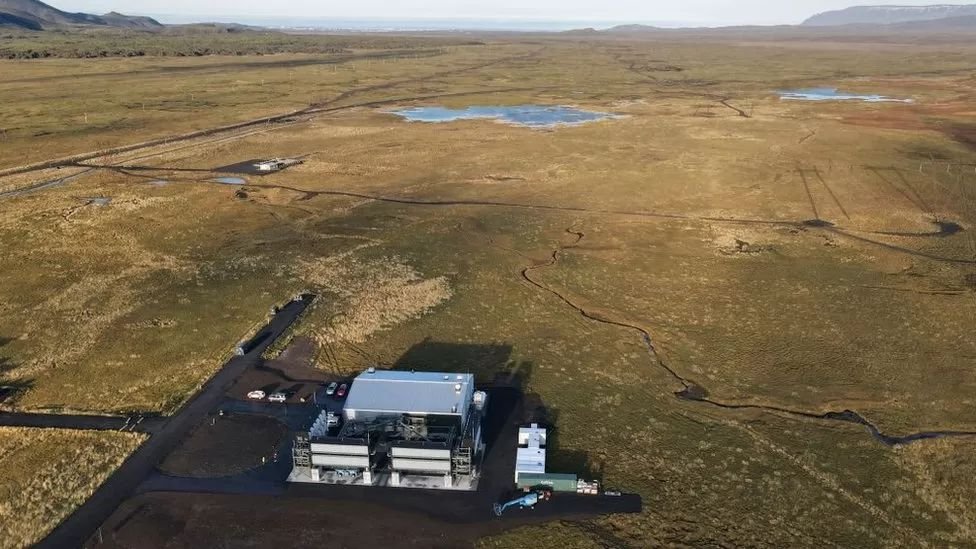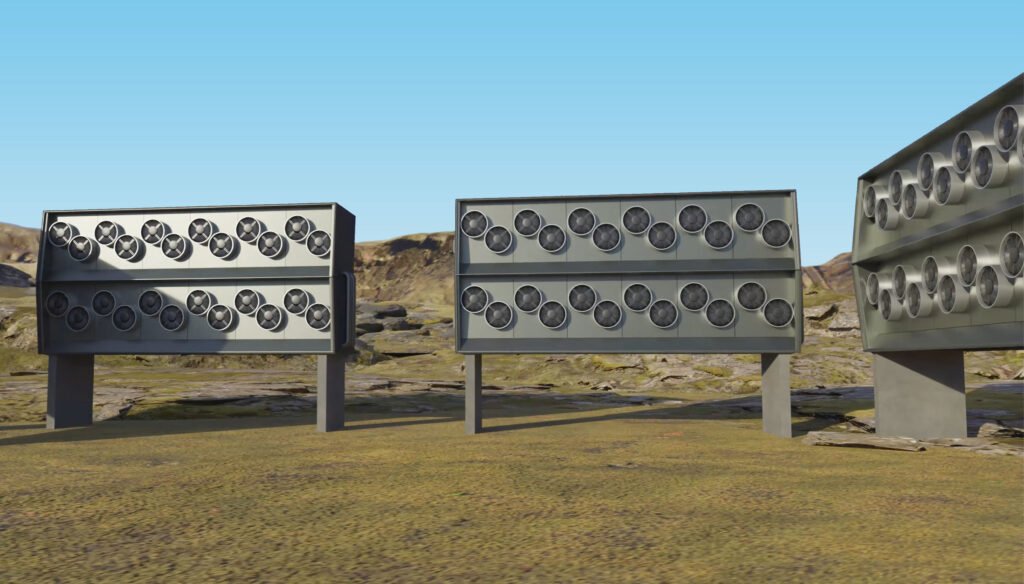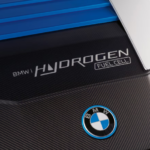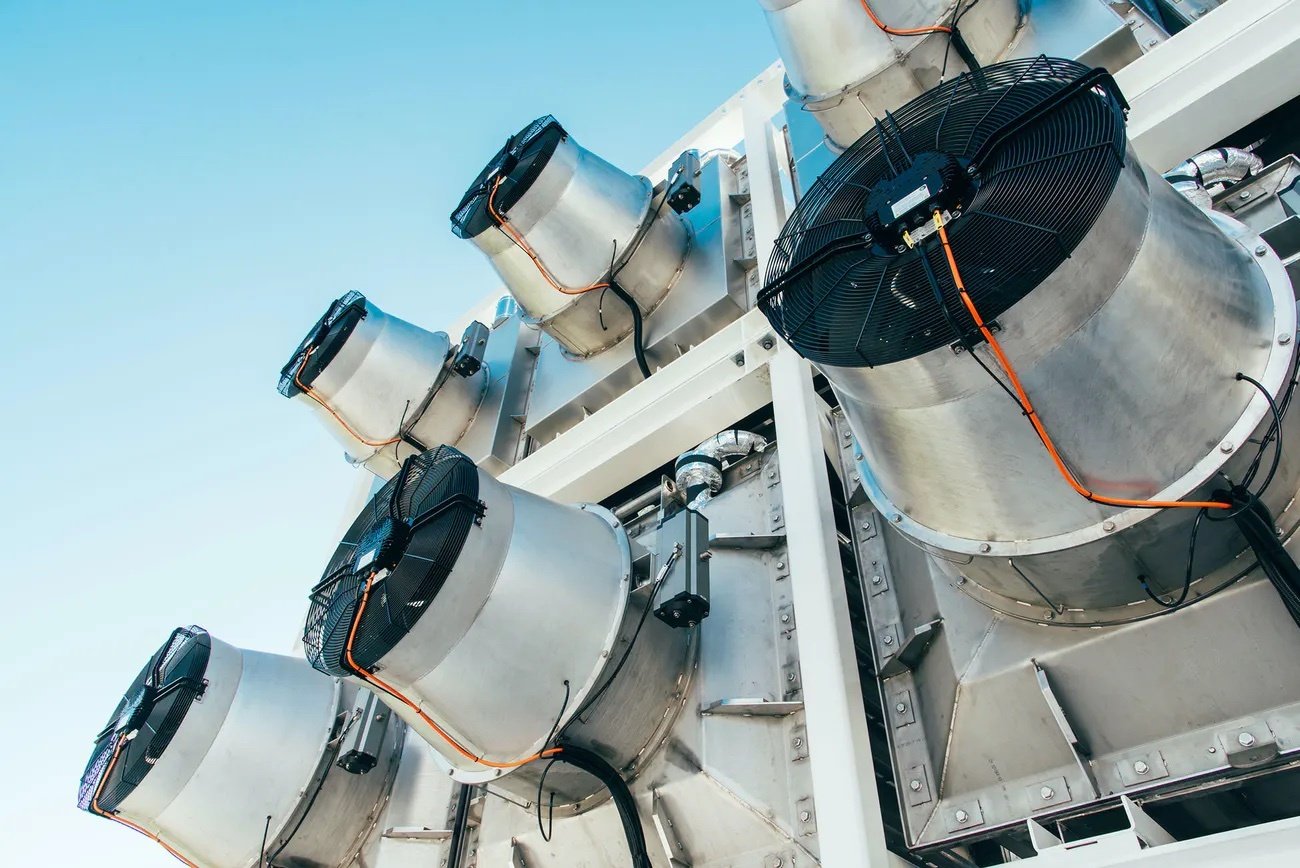While the world has struggled to limit and reduce emissions of carbon dioxide (CO2) in recent decades, numerous firms are instead focused on creating technologies to remove CO2 from the environment.
Climeworks in Switzerland is perhaps the best known. Over the past ten years it has developed machines to suck in the air from the atmosphere that filter and trap the carbon dioxide molecules.

In Iceland, Climeworks has built the world’s largest direct air capture facility. Following capture, the CO2 is pumped far down and irreversibly transformed into stone. Recently, the firm began providing a certified carbon removal solution to big corporate clients such as Microsoft, Spotify, and Stripe.
Yet, one significant issue with most existing systems to direct air capture is cost because big machines that require large amounts of energy are needed to both absorb and discharge the CO2.

According to the experts involved, this new strategy, which uses off-the-shelf resins and other chemicals, offers significantly improved efficiency and lower cost. The study team employed a method used in water applications and “tweaked” existing materials to remove CO2 from the air.
In testing, the novel hybrid absorbent material was able to absorb three times the amount of CO2 as conventional materials. Its straightforward capacity to collect a large amount of CO2 in a tiny volume of material is a distinguishing feature of this study.

To the best of our knowledge, no absorbing medium, even at 100,000 ppm, has the capability that the researchers accomplished in direct air capture of 400 parts per million (ppm). The main question now is what to do with the captured CO2.
Storing it under the ground or sea in former oil wells is one widely used approach. But the new approach suggests that with the addition of some chemicals the captured CO2 can be transformed into bicarbonate of soda and stored simply and safely in sea water. Removing CO2 in this way will not only be critical to limiting the rise in global temperatures but could also be directly empowering for developing countries.
Reference- Science Advances Journal, Climeworks website & PR, National Geographic, BBC World






